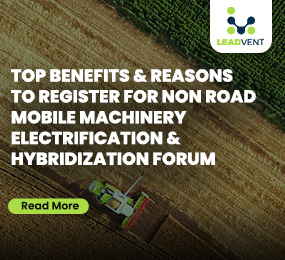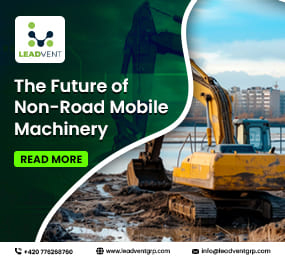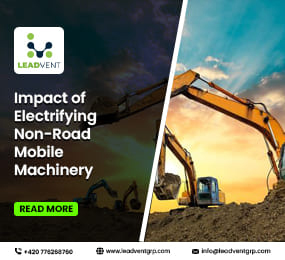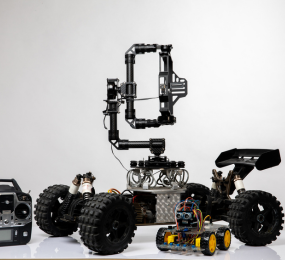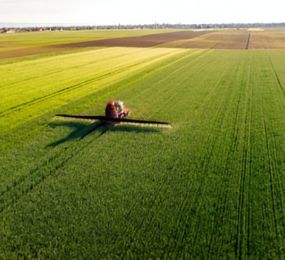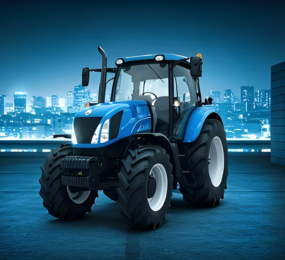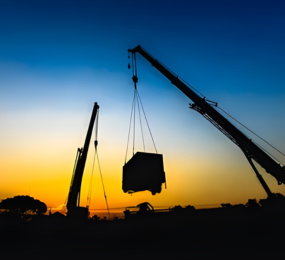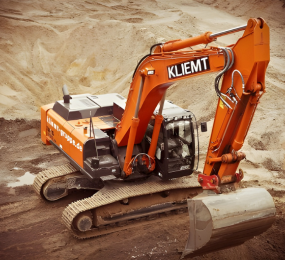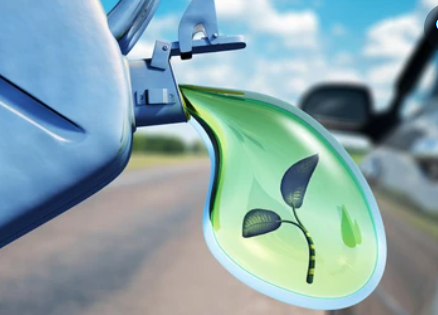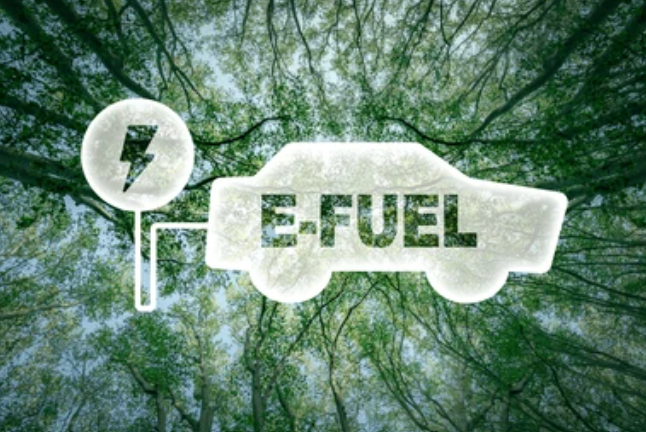Decarbonizing Non-Road Mobile Machinery: The Engine of Change
From the bulldozers reshaping city skylines to the harvesters bringing food from fields to tables, non-road mobile machinery (NRMM) powers much of the world behind the scenes. These machines may not travel on highways, but they’re central to key sectors like construction, mining, agriculture, and logistics. The challenge? Most of them still run on diesel and the emissions are adding up.
As global climate goals tighten and urban air quality becomes a growing concern, the pressure to decarbonize NRMM is no longer just an environmental ideal it’s becoming a business and regulatory reality.
Why NRMM Can’t Be Ignored
Unlike passenger cars and trucks, NRMM often operates out of sight and, until recently, out of policy focus. Yet these machines are responsible for a sizable chunk of greenhouse gas emissions and local air pollution, particularly in dense urban settings.
In cities with large infrastructure projects, the diesel engines powering cranes, loaders, and compactors can contribute significantly to NOx (nitrogen oxides) and particulate matter, affecting both the environment and public health. As cities grow, so does the footprint of these machines.
More governments are responding. Low-emission zones, stricter emissions standards, and green procurement policies are now being extended to include construction equipment and other NRMM categories.
The Shift Toward Cleaner Power
Thankfully, innovation is catching up. Manufacturers are now investing in electric, hybrid, and hydrogen-powered alternatives to traditional diesel machines. Quiet, low-emission electric mini-excavators are already a common sight on urban job sites. Hybrid construction vehicles are helping reduce fuel consumption and extend operational hours.
In mining and remote sectors where battery solutions may fall short, renewable diesel and biofuels are providing transitional solutions that cut emissions without needing to change the engine. And on the horizon, hydrogen fuel cell technology shows promise for heavier, high-demand equipment.
Beyond the Engine: Smarter Operations
Decarbonizing NRMM isn’t just about swapping engines. It involves smarter fleet management, better logistics planning, and integrating data to improve fuel efficiency. Construction and logistics firms are now using telematics and digital tools to monitor equipment usage, reduce idle time, and plan more sustainable operations.
Public and private sectors are also beginning to collaborate on infrastructure such as on-site charging solutions and shared use of electric machinery to lower barriers for adoption.
A Just Transition for Industry
Importantly, the move to decarbonize NRMM must also consider workers, small contractors, and equipment owners. The upfront cost of low-emission machinery remains high, and supportive financing, policy incentives, and training will be key to ensure that the transition is equitable and practical.
Takeaway
Decarbonizing non-road mobile machinery is one of the most overlooked yet critical parts of the clean energy transition. These machines may not have license plates, but they have a large environmental footprint and an even greater potential for impact. Cleaner engines, smarter operations, and better policy are already turning the wheels toward a greener future.
Learn more on our website: https://www.leadventgrp.com/events/2nd-annual-non-road-mobile-machinery-electrification-and-decarbonization-forum/details
For more information and group participation, contact us: [email protected]
Leadvent Group - Industry Leading Events for Business Leaders!
www.leadventgrp.com | [email protected]


